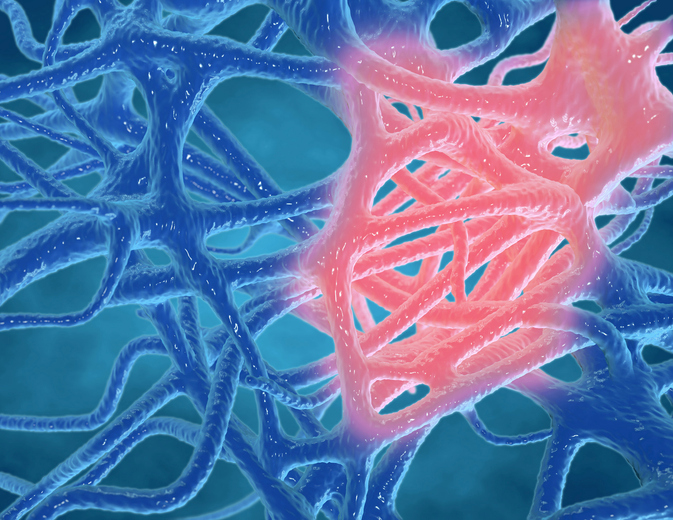Regenerative medicine has made a mark on the scene of up and coming medical therapies for a variety of different reasons. One of these reasons is because of how different it is from any other form of medicine available on the market today.
Regenerative medicine uses the body’s healing power to regenerate and repair damaged tissue. It is highly effective and poses a very low risk to patients. Regenerative medicine can also be used across a wide array of medical fields from cosmetics to orthopedics. Regenerative medicine has taken the world by storm and is changing the landscape in which patients recover from various ailments.

Regenerative medicine has made such a huge mark on the medical world because it is so unique from any other kind of existing medical treatment or therapy. Most medical therapies from medication and steroid injections to surgery tend to aim to fix symptoms of an ailment versus addressing the underlying problem. For example, consider chronic pain.
Medication is used to mask the pain and block the body’s pain signals to the brain. While steroid injections can help reduce inflammation, they do not address the underlying cause of that inflammation. And while surgery can address the underlying cause of pain in certain cases, it also causes damage to the body through multiple incisions and comes with a significant amount of risk for the patient.
Regenerative medicine is intended to address the underlying problem of whatever ailment is present. In the case of chronic pain resulting from arthritis, regenerative medicine such as stem cell injections helps to replace damaged tissue such as worn-out cartilage. This addresses the underlying problems and helps to prevent any treatment needed in the future or at least lessens the extent of future treatment.
This is revolutionary because it means patients who once thought they would be on medication for the rest of their lives, or be living in pain for the rest of their lives, finally get a reprieve.
Risk is a part of all medical therapies whether you are considering medication or surgery. This is particularly true when helping chronic pain patients. Pain medications may work in the short term, but they tend to fail long term as patients build up a tolerance and can even lead to addiction.
Surgery comes with severe risks including not working, blood clots, and even paralysis or death. Regenerative therapy comes with almost no risks. The biggest risks are the risk of infection at the injection site or simply that the procedure does not work. Low risk and high reward profile makes regenerative therapies different from more traditional treatments.
Regenerative medicine is significantly different from traditional medicine in many ways. That is part of the reason there has been so much buzz behind it. The ability for regenerative medicine to address the underlying problems and pose significantly fewer risks than other forms of treatment make it unique and cutting edge.
Regenerative medicine is changing the landscape of medicine for the better, and it is giving many patients hope they once thought was lost.

Dr. David Greene
MD, PhD, MBA
Dr. David Greene, MD, PhD, MBA, is a pioneering leader in regenerative medicine and healthcare marketing. As a residency and fellowship-trained orthopedic surgeon, Dr. Greene transitioned from clinical practice to become the founder and CEO of R3 Stem Cell and US Lead Network, where he has revolutionized patient care and medical practice growth through innovative therapies and digital marketing strategies. He has authored two influential books on healthcare internet marketing, ranks among the top expert authors globally, and has been featured on the cover of Corporate Vision magazine for his impact on global regenerative therapies. Beyond his professional achievements, Dr. Greene is passionate about education, compassion, and continuous innovation.

No Comments